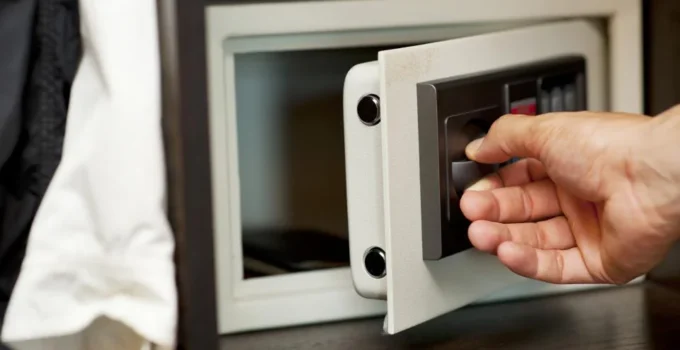The pattern on the fingers, the characteristic features of the face, the quality of voice, and the patterns on the iris of the eye are a person’s unique biological identity. All of these are measured, compared, analyzed, and authenticated using biometrics.
Biometrics is an emerging field, and it has numerous applications in fields like banking and public distribution systems where a person’s authenticity needs to be verified. The safes that people keep in their homes contain valuable items. Hence, it is important that the safes can be unlocked only by the real owner.
Hence, safes that use biometric verification are seeing a surge in demand. You can go to thespacesafe.com if you are looking for a tamper-free and elegant biometric safe for your house.
Why Do People Purchase Biometric Safes?
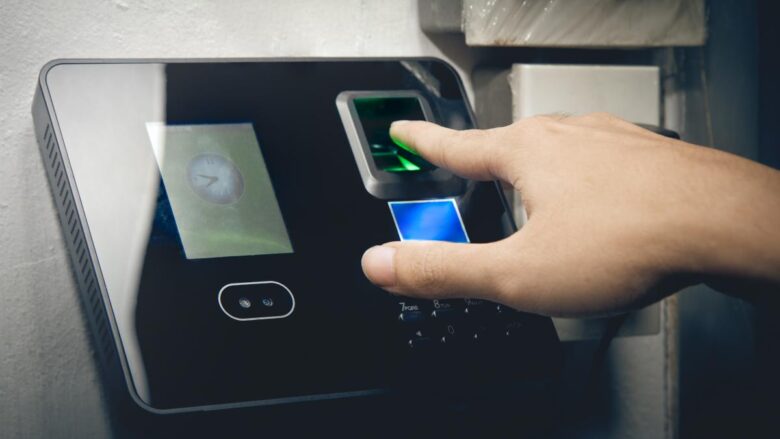
Source: bruegel.org
There are many reasons why people would want to buy a biometric safe. Some of the reasons for buying these safes are
- Protecting firearms-If, you have a gun in your house, you would want to keep it away from your children. Hence, these safes can ensure that only you can get access to your gun as and when you want .
- Keeping valuables safe-Many people store cash and jewelry at home. If you too want to keep a lot of hard cash or precious jewels at home, you can get a biometric safe for your house.
- Protecting important documents-At times, some important papers like ownership deeds, shares, etc., need to be kept safely. In such cases, too, you can get an advanced biometric safe.
What Is Biometric Technology?
Most biometric safes use fingerprints, iris scans, retina scans, facial feature scans, etc., to uniquely identify a person.
Fingerprint Scanners
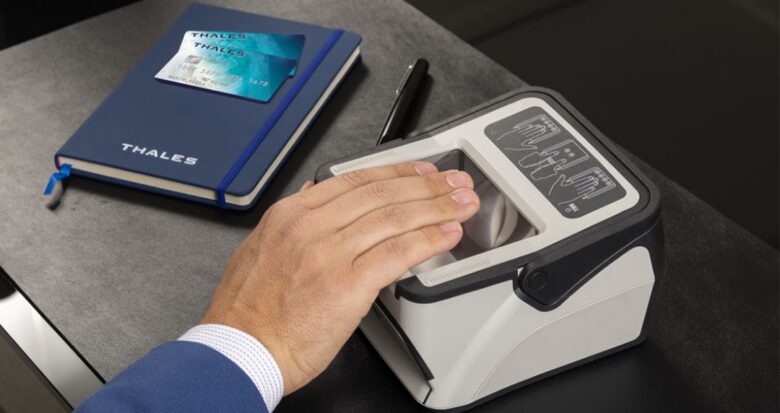
Source: thalesgroup.com
Fingerprints are the pattern of the ridges and grooves or valleys on an individual’s fingers. These patterns are unique and are not similar, even for identical twins. There are three kinds of features on a person’s finger, the ridges ( raised portions), the grooves (depressed portions), and the minutiae (the meeting points of the ridges and the grooves).
Scanners used for scanning fingerprints can be of three types optical or light-based, capacitive or touch-based, and the ones that use ultrasonic frequency. The most common and old scanners are light-based. Here a high-definition picture is clicked, enlarged, and compared to uniquely identify a person.
They are frequently used; however, these systems can be cheated by scamsters. Some fraudsters have used prosthetics to take an imprint of the pattern of ridges and groves and cheated the biometric system.
Also, since these systems use a photograph, the resolution of the photograph is a limiting factor. The resolution is the ability to distinguish between two closely spaced points. The sharper the images, the higher the resolution. Since optical scanners have limitations, most safe manufacturing companies are now experimenting with capacitive or touch-based scanners.
Capacitors are devices that can store electrical charge and are affected by changes in the charge. So when you press your hand against a series of capacitors, it records the changes in charge based on the unevenness of the ridges and valleys of the fingers. This charge pattern can be recognized by the software and matched against the database to verify your identity.
Touch-based scanners are reliable, and most modern verification systems use a hybrid of light and touch-based systems to recognize a person.
The third type of scanner is the ultrasound scanner. These have an emitter and a receiver. The emitter emits an ultrasound wave. When this wave meets the hand, it is reflected.
The intensity of reflection depends upon the pattern of grooves and ridges. Hence, the intensity of the reflection is different for different people. The reflected wave is analyzed and matched against a database using software.
Iris Recognition
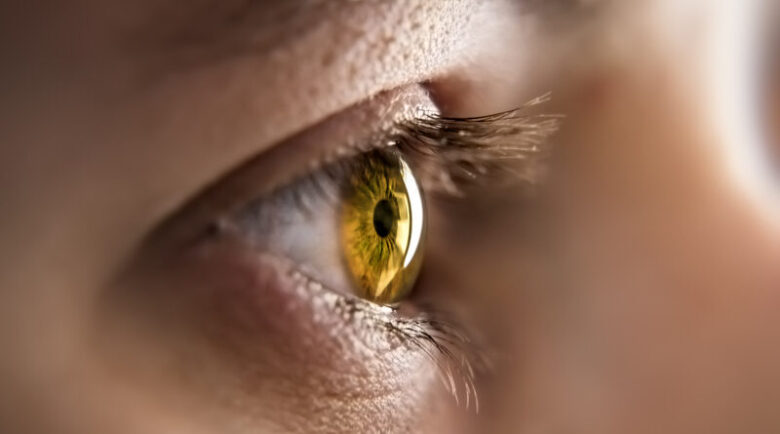
Source: m2sys.com
The iris is the colored part of the eye. So if a person has blue, brown, or hazel colored eyes, it is actually the color of their iris. Iris has different patterns that can be recorded and analyzed using algorithms. It has holes that are shaped like diamonds called crypts. It also has dark bands and pale lines, which are known as furrows.
A camera is used to capture the image of the eye, and the pale line, dark bands, etc., are compared with the image in the database to check if there is a match. A camera usually uses certain indicator points to capture a perfect image. Cameras use the edges of the iris, the center of the pupil (opening inside the iris), and the lashes of the eye as indicators.
The cameras used to capture the iris use visible or infrared wavelengths of light to capture a sharp image. Safes that use iris recognition are the most efficient, as they are tough to fudge. They can be used with contact lenses or glasses. In fact, they can even identify a blind person if his iris is intact.
Retina Recognition
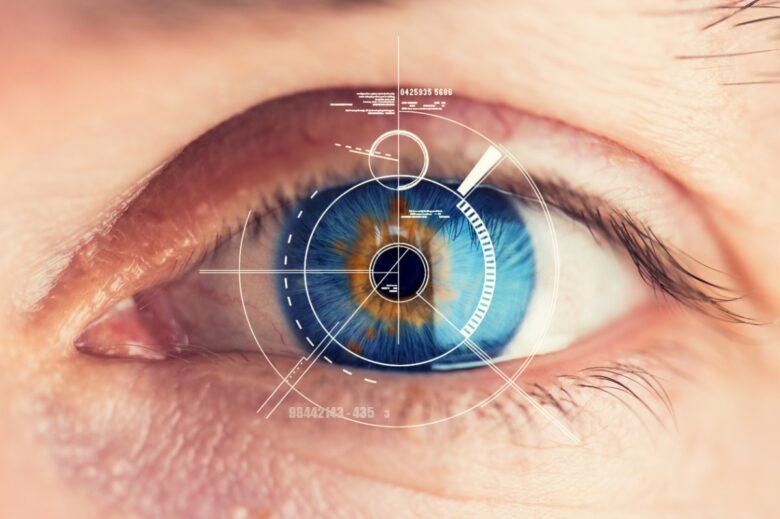
Source: compfest.wordpress.com
The retina is located at the back of the eye, unlike the iris, which is located at the front of the eye. The retina is technically like a screen that enables people to see properly. Just as the iris has a pattern, the retina too has distinct patterns which can be used for identification.
The retina is rich in blood vessels, and how these blood vessels connect does not change in a person as they grow up. Thus, if an agency has your retina’s scan when you were a child, you can be recognized by using the same scan even when you are an adult.
However, getting the right image of the retina can be quite difficult. Also, the process of image capture might irritate people’s eyes.
Face Recognition
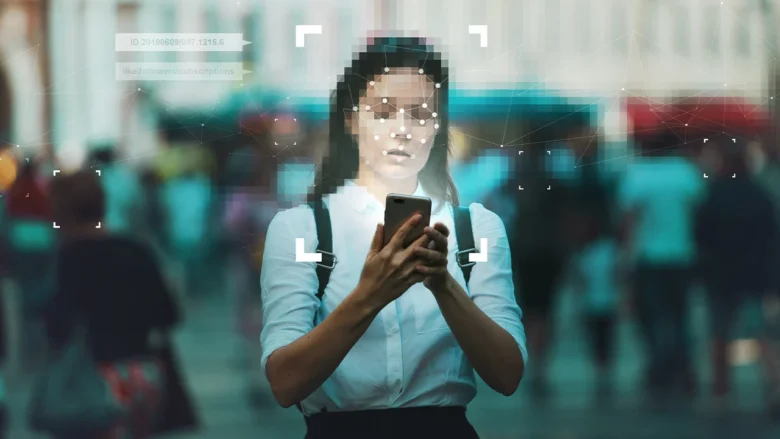
Source: pcmag.com
Some safe companies use the various features of the human face to unlock safes. Features of the face, like the distance between the two eyes, the length of the ridge of the nose, the width of the mouth, etc., can be used to uniquely identify a person.
A photograph is clicked in real-time in two or three dimensions. And the features of the face are matched with the database. The safe is unlocked based on how strong the match is between the real-time picture and the image in the database.
However, using the features of the face to identify an individual can be problematic. When two or more people look very similar, in such cases, these safes will be useless. Facial recognition based techniques cannot be used for identical twins. Also, many people are uncomfortable sharing details about their facial features with any agency or system as they believe it may lead to racial discrimination against them.
Why Are Biometric Safes Becoming Very Popular?
Biometric safes use the latest technology, and people are usually resistant to change, but biometric safes are fast getting an edge over traditional safes for the following reasons
- They make multiple PIN numbers and passwords redundant. If you want to unlock a safe and relock it after use, all you have to do is use your thumb or your eye. You can lead a hassle-free life where you do not have to remember complicated PIN numbers and passwords.
- They make the process of authentication straightforward and almost instantaneous. You do not have to be technologically adept to verify your fingerprint or retina. All you have to do is press your thumb against the scanner or stand in front of the camera, and the job is done.
- They are safe, and that is the biggest advantage. Today, when scammers are smarter than ever, biometrics offers a safe and secure alternative to traditional digital locks.
Some Concerns About Biometric Technology
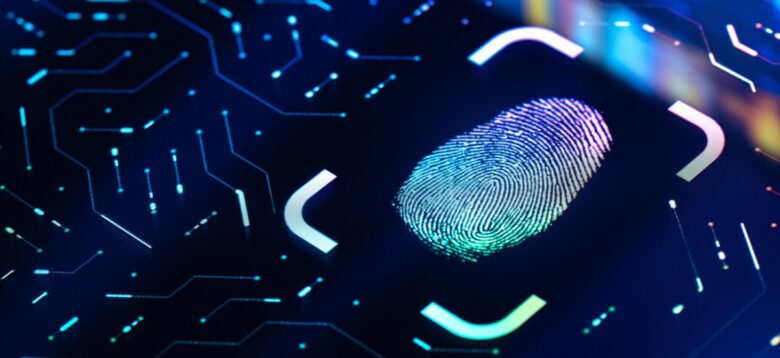
Source: fcw.com
Although there are many advantages, there are some concerns as well
- The system might not recognize the right individual. At times the technology might fail, and you might be unable to open your own safe.
- The system might falsely recognize a stranger’s data as a correct match. That is, the technology might wrongly unlock the safe with another person’s biometric data. Although the chances of such occurrences are less in the case of iris or retina scans, it is quite frequent in the case of face recognition systems.
- It might violate a person’s privacy. Hence, many people do not want a machine to record personal details like eye color, facial features, etc.
- It might not be safe for the eye. Many people believe that scanning the eye might actually damage it. Hence such people avoid retina scanners.
Conclusion
In the twenty-first century, biometric technology is the buzzword. There are concerns about the technology’s safety, security, and accuracy. Some people are even concerned about the higher costs associated with biometric safes. Yet the cost is justified given the advancement in technology and the high level of security they provide for your valuables.
Moreover, most safes do not rely on a single technology for their verification purposes. Usually, two or more methods are combined to open a safe. Most safes will use face recognition with a PIN code or eye recognition with a fingerprint scan. And fudging two or more variables is incredibly difficult, even for the most sinister fraudster.

